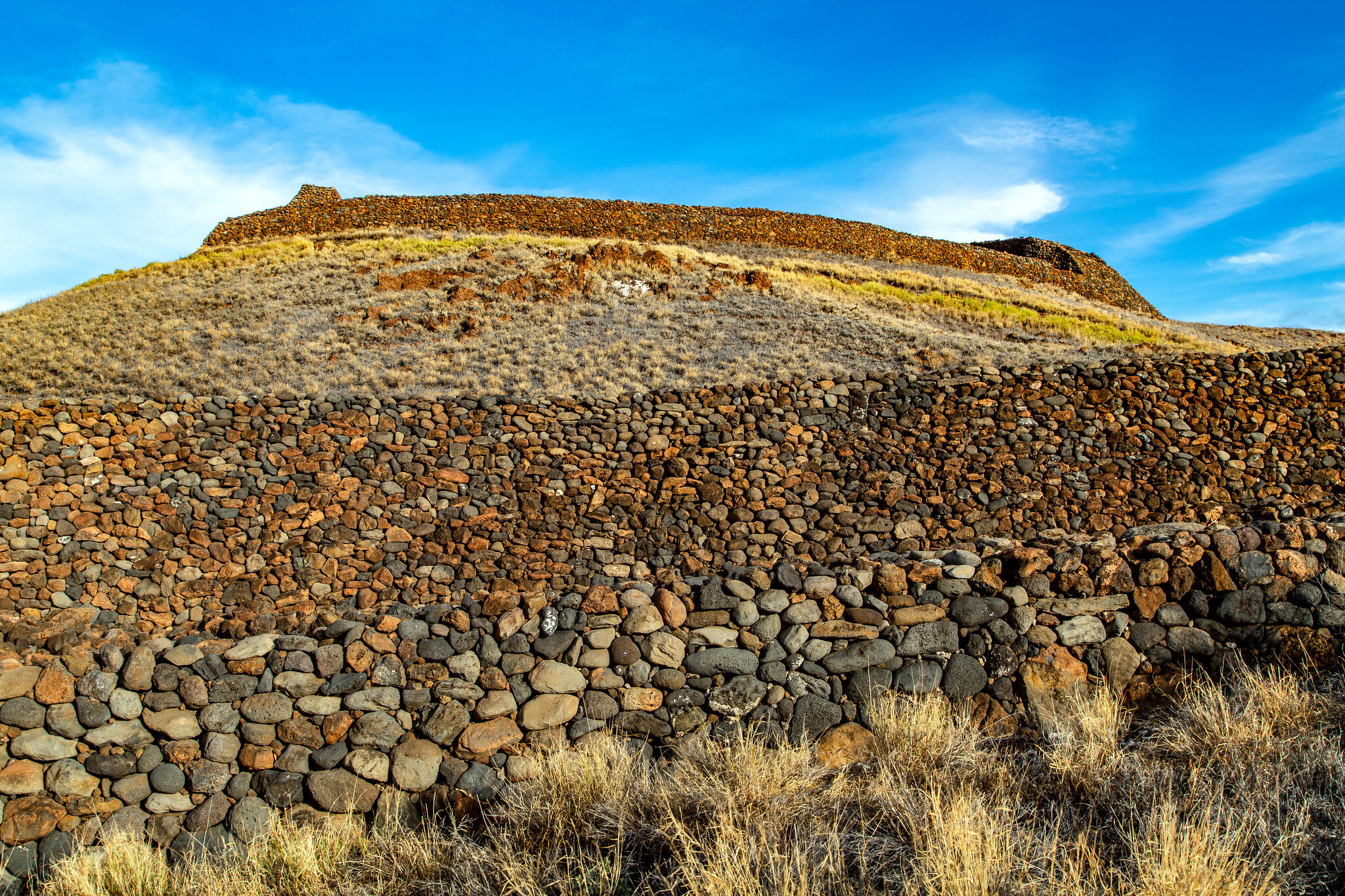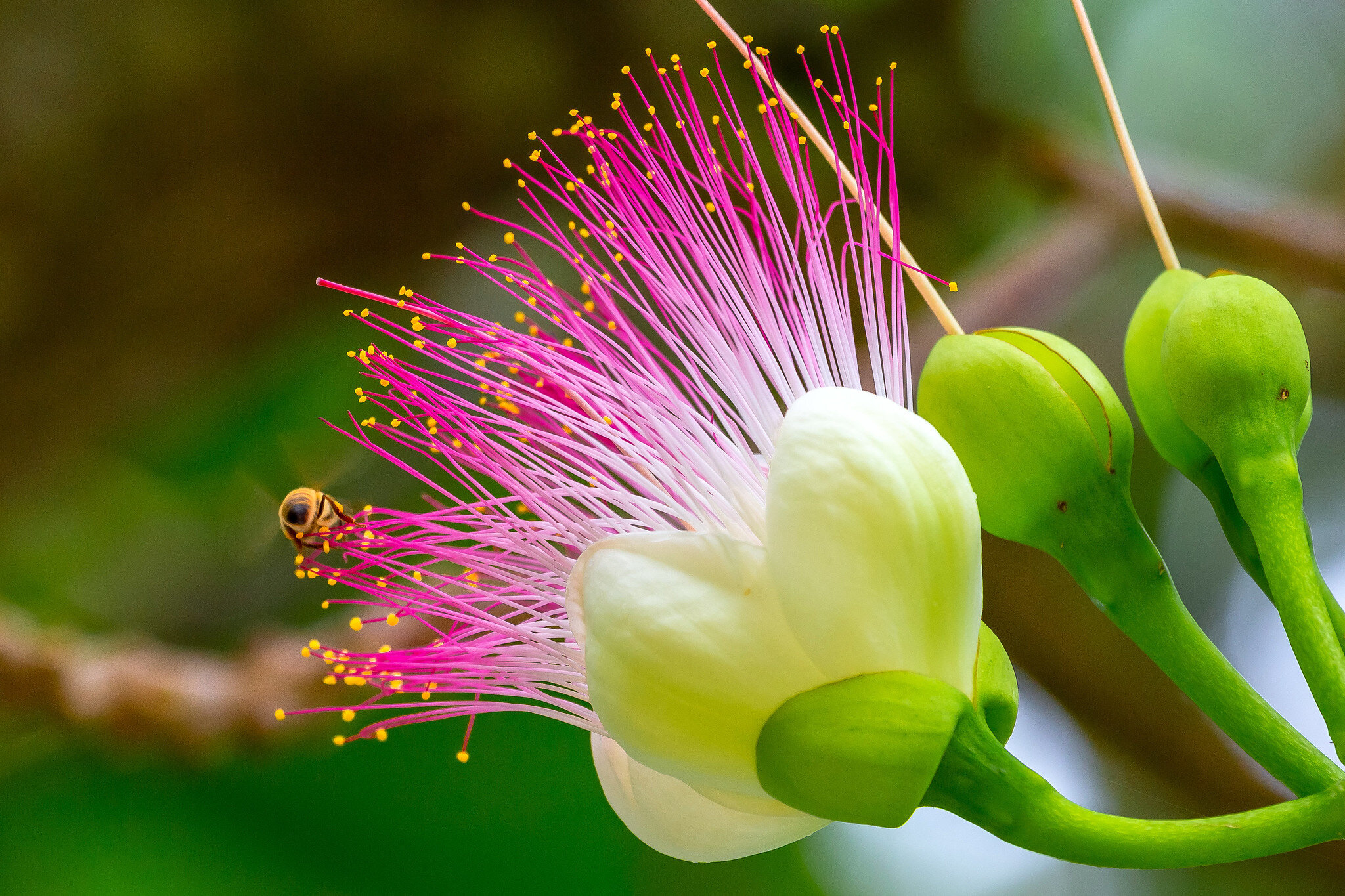December 21, 2019
“Wherever you go, go with all your heart.” -Confucius
Here I am. The big island of Hawaii. This is my final destination before returning home. As of today, I have only four parks left to visit. I have seen all 50 states and four U.S. Territories since the beginning of the year. The end is coming fast and I feel the return of gravity’s pull. Soon this journey will be over. Soon I will have completed my goal. Soon I will be home and return to normal life – whatever that is. But, I will not be the same. I will return changed, renewed, and fortified by all I have seen and done this year. A journey of a thousand lifetimes. My slow pace through the Pacific has afforded me more time to soak up the parks here. It is a luxury I have not had much of this year, and I welcome the change of pace. Travel has made me a more emotional man. It has connected me to places, histories, and people in a way I did not expect. I have learned to travel with all my heart – to go forth with my eyes and arms open, and to engage all my senses. And, to not be afraid to feel.
The National Park of American Samoa lies just below the Equator, and just barely this side of the International Date Line. Here, the sun sets last in America. Her warm golden rays take the heat of the day as they drop slowly behind the lush green mountains. The glow of the clouds reflect off of the deep blue Pacific Ocean as the fruit bats swirl and swoop overhead. In the villages, beautiful golden-brown children laugh and run along the beaches – tossing footballs at the edge of the surf. The smell of the Starkist Tuna canning factory is the only indication of industry here. The island is adorned in Christmas lights and decorations everywhere you look. The radio is playing Samoan Christmas songs that I cannot understand. Samoans are the best drivers I have encountered anywhere in this country. The island speed limit is never more than 25mph, and nobody exceeds it. In the remote parts of the island, passing islanders give a short toot on the horn – an acknowledgement that you are seen, that you are not alone on this remote patch of crumbling asphalt in the middle of the jungle. During the day, the temps are in the mid 80’s, but with the maximum amount of humidity Mother Nature can muster. It feels like the sea is in the air, on my skin, in my lungs. Before I arrived on the island, a terrible and devastating measles outbreak began to grow. By the time I got here, more than seventy people had died from the easily preventable disease – most of them were children. Still, the Samoans were kind, welcoming, and stoic in the face of such tragedy. The population here is small enough, that nearly everyone had to have known someone who was sick, and probably someone who had died. Faith and family and community are stronger here than anywhere else I have witnessed. Each village has at least one church, most have several. Each village has several open-air pavilions where families and communities congregate for special occasions. Here, I am the alien. I am the childrens’ curiosity. The stranger hiking through the jungle like an idiot. The pale white man with a fancy camera chasing bats around the trees. Even the island dogs, who bark at first and then just stare curiously, seem confused by my presence. It is a place of peace and rugged tropical beauty. I left part of my heart on that island, but I took part of that island with me.
The five-minute plane ride from topside Molokai, over the 1,600-foot-tall sheer sea cliffs down to the Kalaupapa Peninsula, is the shortest I have ever had – and one of the most beautiful. In Kalaupapa National Historical Park, the ghosts of the dead greatly outnumber the living. Here, and for more than a hundred years, more than 8,000 lepers were stolen away from their families and forced to live in exile on this isolated peninsula. A purgatory in paradise. They were prisoners who committed no crime. Most of them died here. The peninsula is littered with cemeteries, burial fields, and unmarked graves. The park is a special place – one of a small handful of National Park Service units that have deeply affected me this year. In these places, you can touch the history with your heart. You can feel it with your senses. You leave changed. Altered. Enlightened, in a deeply meaningful way.
“One of the worst things about this illness is what was done to me as a young boy. First, I was sent away from my family. That was hard. I was so sad to go to Kalaupapa. They told me right out that I would die here; that I would never see my family again. I heard them say this phrase, something I will never forget. They said, ‘This is your last place. This is where you are going to stay, and die.’ That’s what they told me. I was a thirteen-year-old kid.” - Male, part-Hawaiian, c. 1977-78
This peninsula is one of the most beautiful natural settings I have seen. If the National Park Service was not here to protect this important place, it would be developed quicker than you could imagine. Resorts. Golf courses. Swimming pools. Zip lines. Cruise ships. A vacation built upon ghosts. Lost history and meaning. For now, we have it. Intact – to understand, for anyone willing to venture here with their heart open to see and learn and feel. Then, to leave changed and bettered by the experience.
Parks visited since December 11th:
National Park of American Samoa
Kalaupapa National Historical Park
Haleakalā National Park
Pu’ukoholā Heiau National Historic Site







